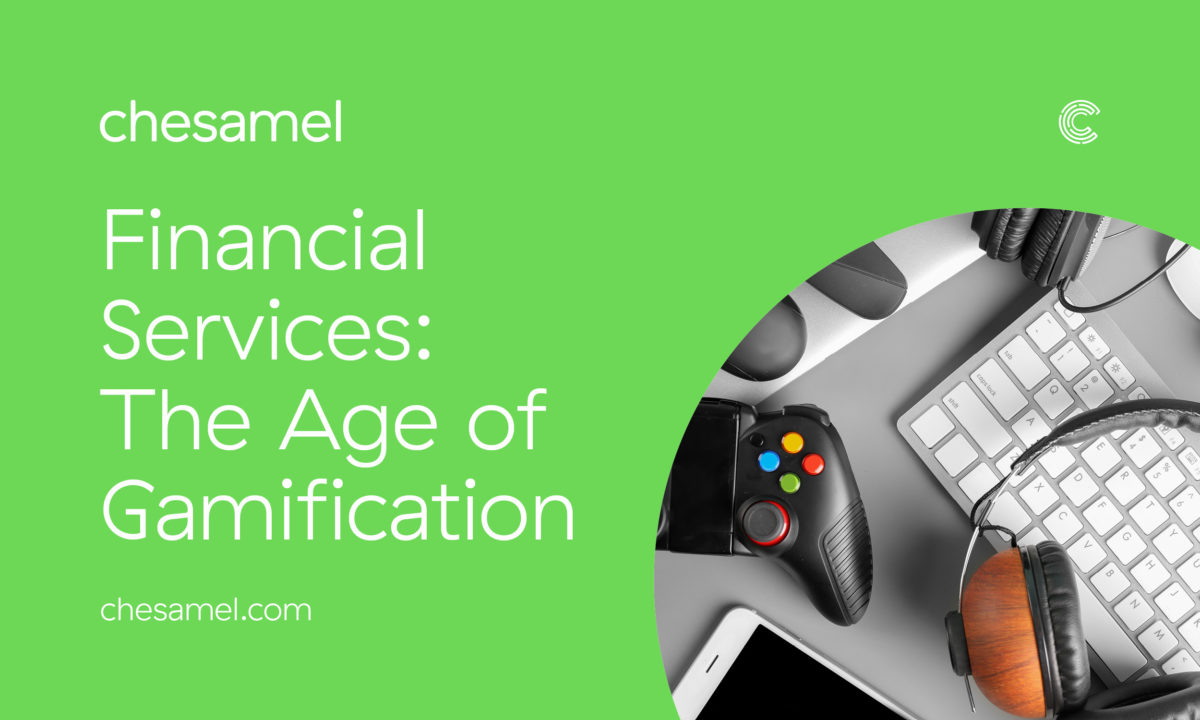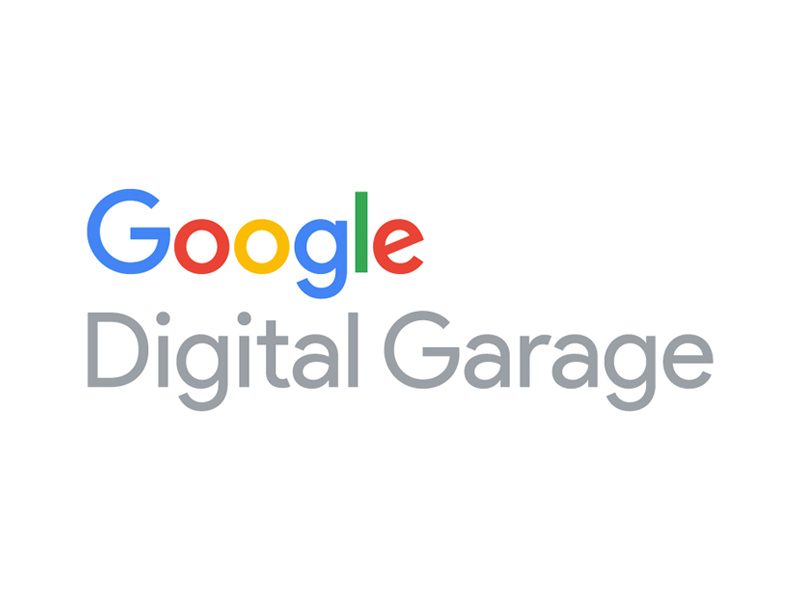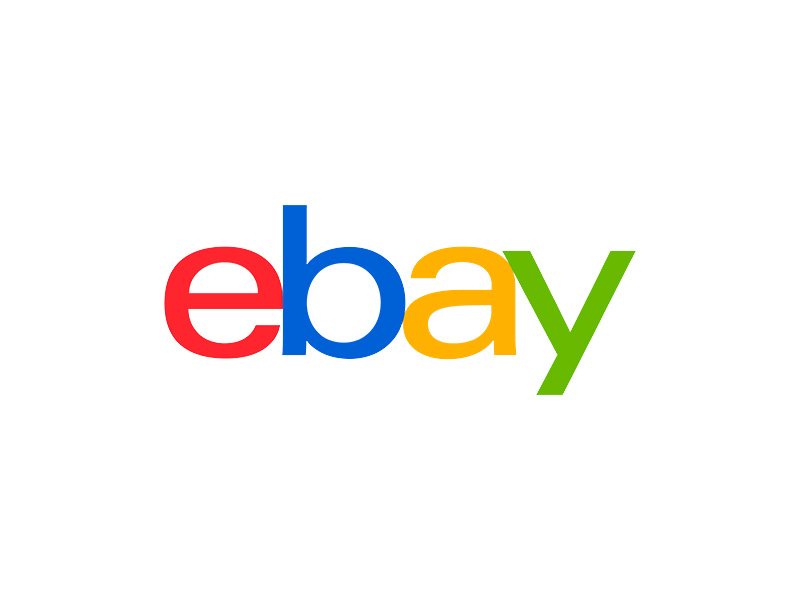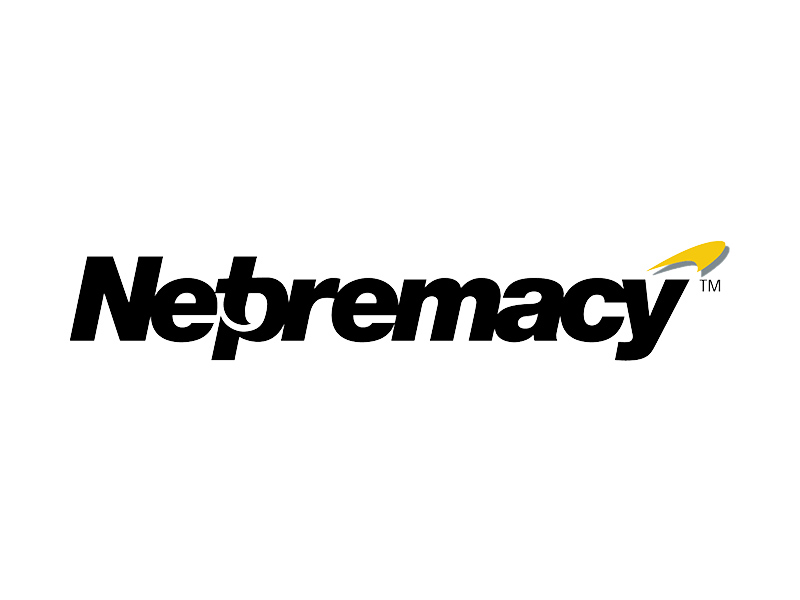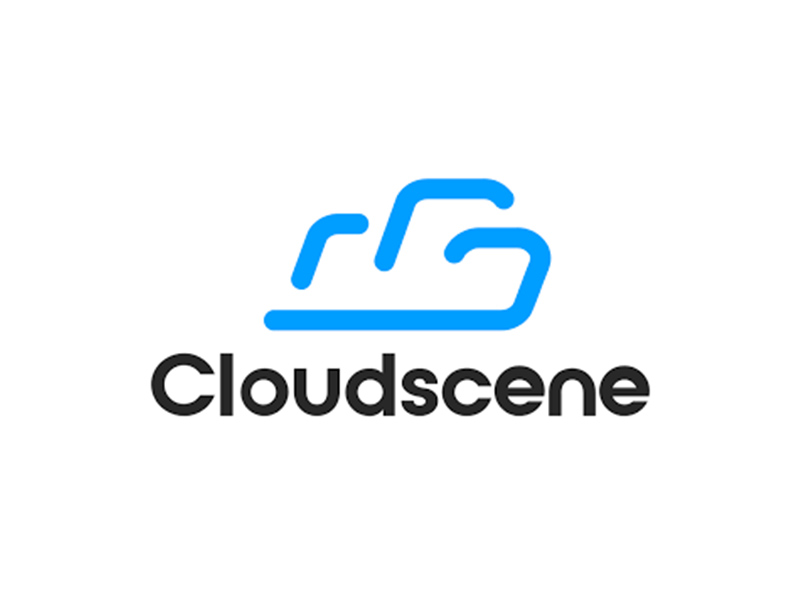Programmatic marketing, another coveted buzzword in the world of marketing, shrouded in big promises for success, efficiency and ROI. But can it really deliver on these claims, or is it a case of over-promising and under-delivering?
What is Programmatic Marketing?
Programmatic marketing is a term used to describe the automated process of buying, selling and serving ad space in real time. The technique allows for acutely targeted ads to be shown to users based on a variety of highly specific traits. These could include age, location, job title or interests. Companies identify these data points from the user through the use of first and third-party cookies. First-party cookies are created by a domain you are visiting, and third-party cookies are created by external domains that have access to the page you’re visiting in order to serve you advertisements. Either way, both are designed to assign you an ID and track your web browsing behaviour in order to serve up more personalised and targeted ad content.
Does Programmatic Work?
It’s worth mentioning first of all that programmatic marketing doesn’t necessarily break the bank. In fact due to the highly targeted, real time buying process of this technique, there is less wastage than other online advertising channels. The automated nature also frees up more time for the marketing team, allowing for flexibility and agility within the campaign timeline. Marketers are able to pause the campaign, analyse results and optimise to ensure that the ads are being served to the most responsive audiences, on the correct sites at the ideal time of day which ultimately boosts the campaign effectiveness.
Who Uses It?
As outlined in the graph below from MediaRadar; Retail, Entertainment, Real Estate and Tech are the leading industries in terms of programmatic ad spend. The trend also suggests that most industries over the past year have significantly increased spend on programmatic. This may be down to economic micro factors such as COVID-19, but also a general shift to online shopping by many cohorts.
The trend for growth in programmatic ad spend, in fact, goes back further than many may expect. The graph below from Statista highlights an exponential growth in programmatic ad spend going back to 2017, indicating programmatic is here to stay. But is it..?
Threats to Programmatic Marketing
Recent groundbreaking developments in first and third-party cookie policy from Google have disrupted the industry and created uncertainty in the future of programmatic, potentially disrupting the growth trend we’ve seen in recent years. If we cut through the jargon, Google have plans to introduce two systems by 2023; the first being a system where first and third-party cookies are marked, making them easy for browsers to block. Secondly, websites will be limited on how much information they are allowed to request from the user, meaning building profiles on users will be more difficult. The result of this will mean a potential shift in marketing practices, meaning agility and flexibility in your marketing teams will be crucial moving forward.
How to Navigate This Change?
Chesamel are experts in building and embedding teams within your organisation, whether it’s on a project basis or longer contractual positions. We embed the right talent with the right cultural fit to ensure maximum ROI on your projects. We understand the skills required to build a programmatic marketing team amongst other marketing disciplines. Take a look at our embedded teams offering here, or get in touch with John Cofie at johncofie@chesamel.com with any questions or enquiries.



